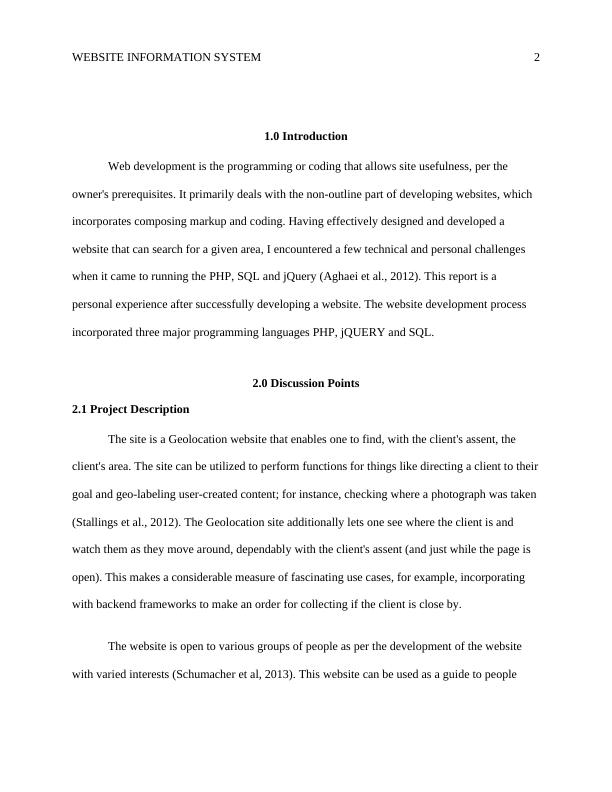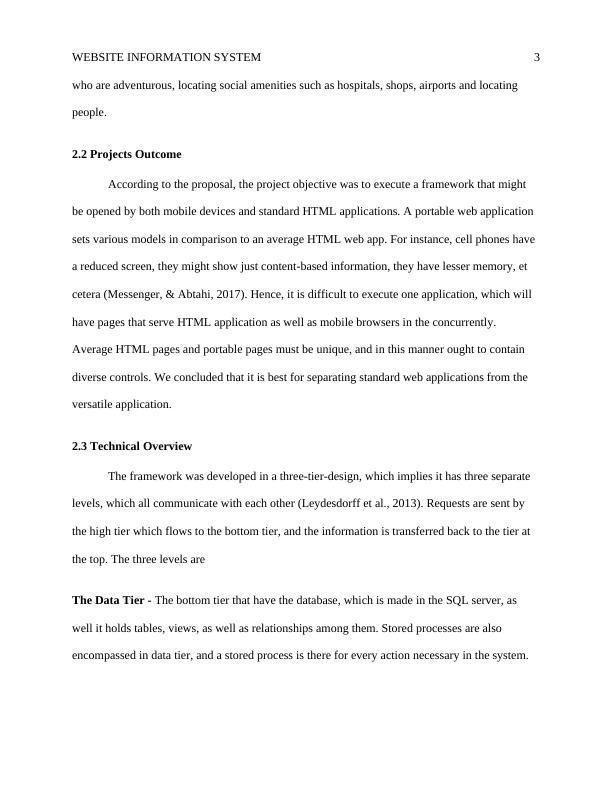Website Information System: Development Process and Technical Overview
Added on 2023-06-11
7 Pages1225 Words252 Views
End of preview
Want to access all the pages? Upload your documents or become a member.
Comparison of Web Application Frameworks and Impact of Responsive Web Applications
|6
|1333
|52
Assignment on Oracle Virtual Machine Installation
|16
|1480
|225
Ways of Attacking a Web Application in PHP: SQL Injection, XSS, Session Hijacking, Directory Traversal, and Remote File Inclusion
|9
|1493
|176
Selling Ships and Cruises Across Various Destinations Power Point Presentation 2022
|31
|963
|23
Restaurant Details n-tier web application
|9
|1632
|39
Webpage Design
|4
|652
|90



